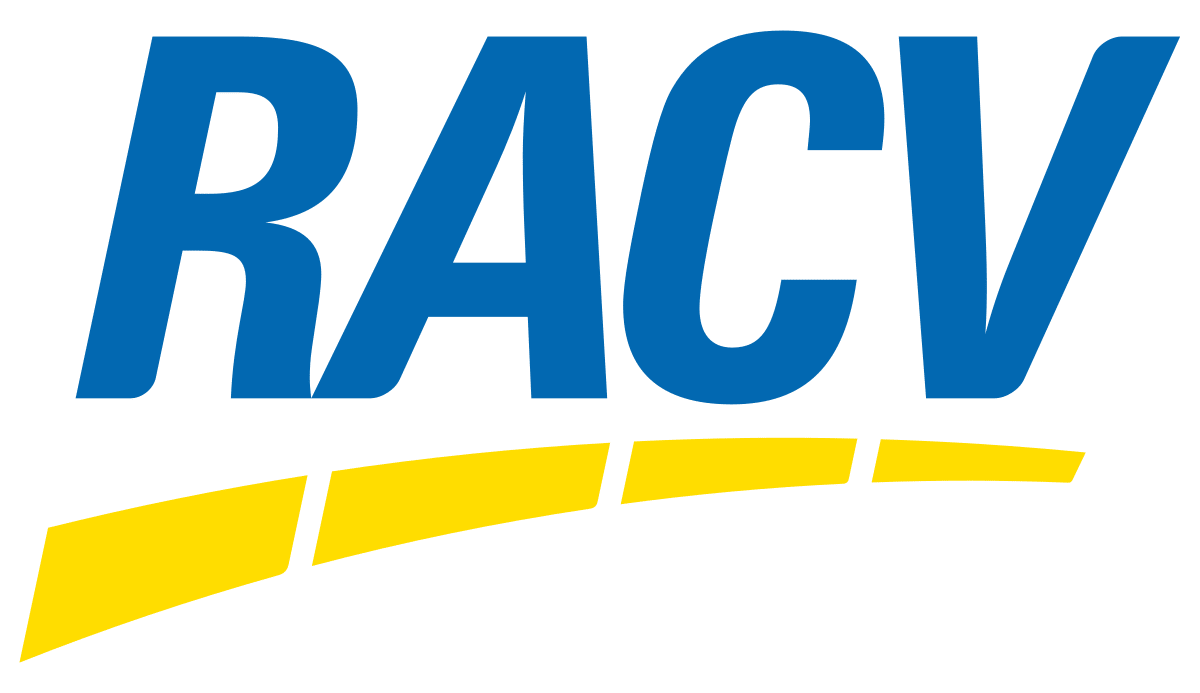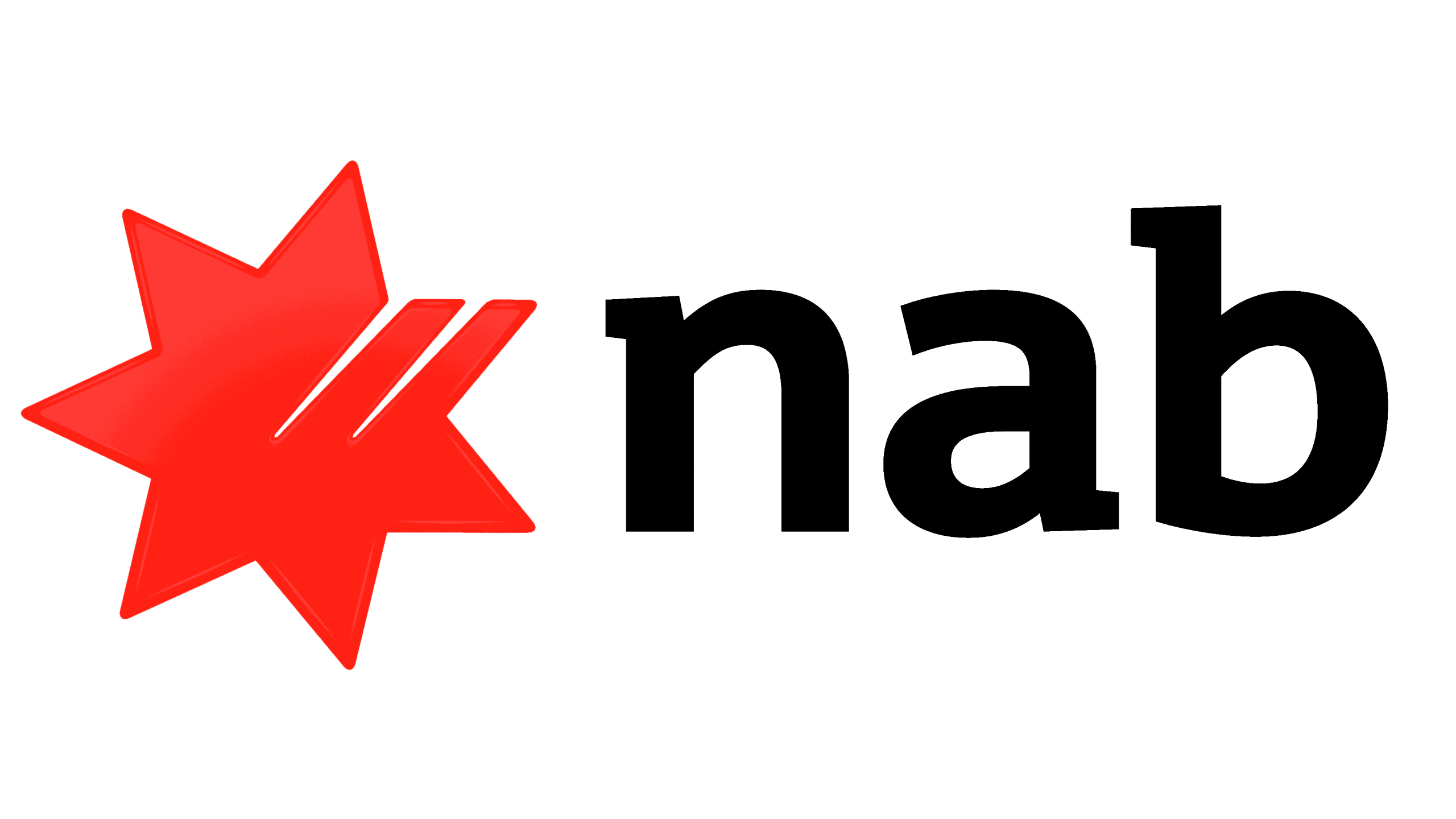Whether you’re buying your first home, upgrading to accommodate your growing family or downsizing for when your kids have flown the coop, knowing how much your home loan is going to set you back is essential. Punching all the numbers into a simple-to-use calculator like this one gives you a clear idea of what different loan sizes, terms and rates will cost each instalment and overall.
How to use the home loan repayment calculator
Making use of the home loan repayment is easy. All you need to do is input your loan amount, interest rate, loan term, any fees from your lender (and their frequency) and how often you’re making your repayments. Once you throw all of that information into the calculator, it’ll tell you what your weekly, fortnightly or monthly payments will be, as well as the overall amount you’ll pay in interest and fees.
As you can see, there are several key variables that impact the cost of your home loan. Let’s take a look at a few examples and see what impact they can have on how much you’re paying for your home loan:
Example #1: The importance of comparing interest rates
Olivia has had an offer accepted on a new $800,000 house, of which $200,000 will be paid as a deposit. It’s time for her to consider the different options available on the market for her home loan. She picks out a few offers and runs the numbers in the calculator to get the following:
| Loan amount | Loan term | Interest rate | Fortnightly payment | Total interest | |
|---|---|---|---|---|---|
| Lender A | $600,000 | 30 years | 5.25% p.a. | $1,529 | $592,183 |
| Lender B | $600,000 | 30 years | 5.35% p.a. | $1,546 | $605,590 |
| Lender C | $600,000 | 30 years | 5.50% p.a. | $1,572 | $625,831 |
| Lender D | $600,000 | 30 years | 5.70% p.a. | $1,607 | $653,060 |
| Calculations are for illustrative purposes only and may not be reflective of the interest rate you’re offered on your home loan. Calculations do not include loan fees or any other home-buying costs. | |||||
Olivia sees that even the jump from 5.25% p.a. to 5.50% p.a. would cost her almost $34,000 more across the life of her loan. She decides to go with Lender A in this instance.
Example #2: Tossing up the term length
Troy is in the market for a bigger place to move into with his pregnant partner, Alice. They’ve saved up a big enough deposit to get them approved for a $750,000 home loan. However, Troy is aware that the longer you take to pay off your mortgage, the more it’ll cost overall. He uses the calculator to determine just how much he can save by shortening the loan term.
| Loan amount | Loan term | Interest rate | Fortnightly payment | Total interest |
|---|---|---|---|---|
| $750,000 | 30 years | 5.40% p.a. | $1,943.00 | $765,400 |
| $750,000 | 28 years | 5.40% p.a. | $2,000.00 | $705,366 |
| $750,000 | 25 years | 5.40% p.a. | $2,104.00 | $617,510 |
| Calculations are for illustrative purposes only and may not be reflective of the interest rate you’re offered on your home loan. Calculations do not include loan fees or any other home-buying costs. | ||||
Because the fortnightly payments on a 25-year loan are just out of their reach, Troy and Alice decide to negotiate a 28-year loan term instead. For less than $60 extra per fortnight, they’ll save upwards of $60,000 overall.
Example #3: Deciding how much to pay as a deposit
Inka is looking at buying her first unit, which would cost $450,000. She wants to keep some of her savings intact so she can furnish it, but is keen to know just how much that will impact the overall cost of the loan. She’s planning to make use of the First Home Guarantee, so she won’t have to pay lenders mortgage insurance (LMI).
The table below shows what different deposit sizes would mean for her home loan:
| Deposit | Loan amount | Loan term | Interest rate | Fortnightly payment | Total interest |
|---|---|---|---|---|---|
| $22,500 (5%) | $427,500 | 30 years | 5.50% p.a. | $1,120 | $445,905 |
| $33,750 (7.5%) | $416,250 | 30 years | 5.50% p.a. | $1,091 | $434,171 |
| $45,000 (10%) | $405,000 | 30 years | 5.50% p.a. | $1,061 | $422,436 |
| $56,250 (12.5%) | $393,750 | 30 years | 5.50% p.a. | $1,032 | $410,702 |
| Calculations are for illustrative purposes only and may not be reflective of the interest rate you’re offered on your home loan. Calculations do not include loan fees or any other home-buying costs. | |||||
Inka decides that paying a 10% deposit, rather than 5%, will leave her with enough money to comfortably furnish her home while still cutting down on her interest bill by over $20,000.
Tips for saving money on your home loan
-
Put forward a larger deposit
As you can see in the table above, providing a larger deposit is a highly effective way to reduce the cost of your home loan. Increasing your deposit reduces your overall loan amount and therefore decreases the interest you’ll pay, potentially by a significant amount.
-
Make additional repayments
Where possible, pay more than your minimum loan repayment, as this can save a significant amount on your home loan overall. This is particularly important if you opt for a variable rate loan, as you can pay more when rates are at their lowest. On a $500,000 loan repaid monthly over 30 years at 5.35% p.a., paying just $200 extra per month would save you over $85,000 and clear your debt more than four years earlier.
-
Use an offset account
An offset account can be a real home loan lifesaver. This is a type of bank account that offsets the sum of your home loan on a dollar-for-dollar basis, so the more you have in your offset account, the less interest you’ll pay on your home loan. This means that, in Example #3 above, Inka could alternatively pay the minimum deposit and store the rest of her funds in an offset, though this would mean her repayments would be higher.
-
Compare as many options as you can
Do yourself a favour by comparing as many home loan options as possible until you find one that’s the perfect match for your individual needs. Adopt a proactive approach to your loan and don’t be shy to compare offers and get the best deal by refinancing your home loan. Savvy can help you do this, as we’ve compiled deals from lenders across Australia so you can easily see where the best deals are.
- Stamp duty - business.gov.au
































